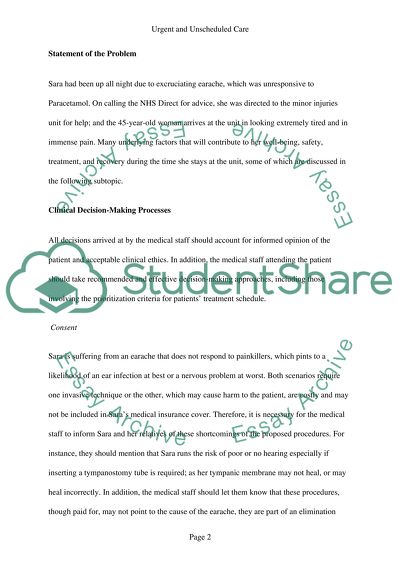Cite this document
(“Urgent and Unscheduled Care: A summative Care Study Essay”, n.d.)
Retrieved from https://studentshare.org/nursing/1395330-urgent-and-unscheduled-care-a-summative-care-study
Retrieved from https://studentshare.org/nursing/1395330-urgent-and-unscheduled-care-a-summative-care-study
(Urgent and Unscheduled Care: A Summative Care Study Essay)
https://studentshare.org/nursing/1395330-urgent-and-unscheduled-care-a-summative-care-study.
https://studentshare.org/nursing/1395330-urgent-and-unscheduled-care-a-summative-care-study.
“Urgent and Unscheduled Care: A Summative Care Study Essay”, n.d. https://studentshare.org/nursing/1395330-urgent-and-unscheduled-care-a-summative-care-study.


